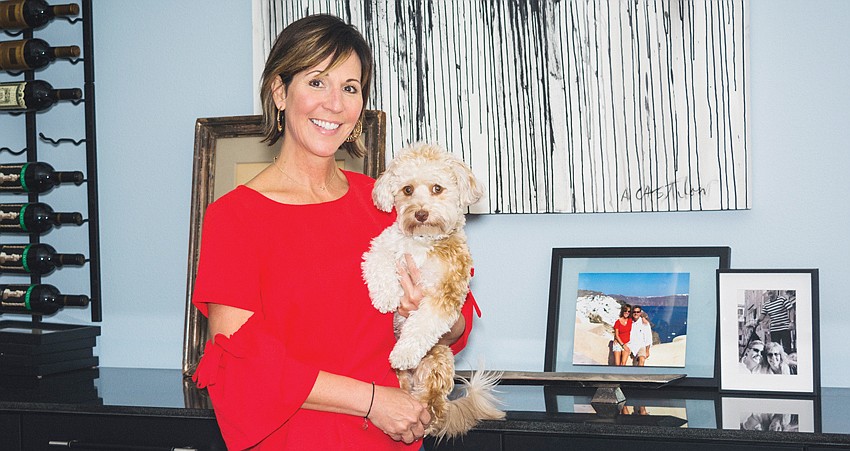- November 22, 2024
-
-
Loading

Loading

Tracee Murphy was in the middle of a business meeting when she suddenly started feeling intense jaw pain and pressure in her chest.
She knew immediately it was a heart attack and left the meeting.
She just so happened to be across the street from a hospital and walked to the emergency room while still experiencing severe pain.
At the hospital, she was diagnosed with a heart attack, but doctors were puzzled by her angiogram results.
“Just because a doctor tells you something doesn’t mean it’s right. You have to fight for it. We have to use our voice.” — Tracee Murphy
A typical heart attack is caused by the rupture of plaque in the arteries, but Murphy’s doctors described her arteries as “beautiful” and told her she had no plaque buildup and low cholesterol levels. She was 48 years old and lived an active lifestyle with no other health issues.
Her doctors could only confirm that there was a blockage in two of her small arteries, which caused the heart attack, but were confused as to how the arteries ruptured. She was told it was a “fluke” and to go about her life.
Frustrated, Murphy knew she had to get a second opinion. After seeing three local cardiologists, she still had no answers.
Three months after her heart attack, however, a friend told her about a segment on “NBC Nightly News” that featured a woman who had a similar experience.
“I was blown away,” said Murphy. “That’s what happened to me. Now what do I do?”
What happened to Murphy was spontaneous coronary artery dissection, or SCAD, a condition that occurs when a tear forms in one of the blood vessels in the heart. SCAD can slow or block blood flow to the heart, causing a heart attack, abnormalities in heart rhythm or death.
Though it can occur at any age to both men and women, it most commonly affects women in their 40s and 50s who are often healthy and don’t have risk factors for heart disease, such as high blood pressure or diabetes. According to SCAD Research, SCAD is the No. 1 cause of a heart attack in women under 50.
The Mayo Clinic SCAD Research Program, a collaborative research and clinical practice initiative formed in 2010, says 10% to 40% of all heart attacks in women under the age of 50 are due to SCAD, but the percentages are estimates due to the underdiagnosis of the disease.
It is still unclear what causes SCAD, but research published this year by the Mayo Clinic has identified several associated conditions with abnormalities in blood vessels such as fibromuscular dysplasia, aneurysms and dissections of the blood vessels.
In January 2017, Murphy made an appointment at the Cleveland Clinic in Ohio where she was told she had a textbook case of SCAD. She was also diagnosed with a small brain aneurysm and fibromuscular dysplasia. The diagnoses were life-altering.
“Life’s changed a lot for me and my family,” Murphy said. “I’m more aware of how fragile things are and how lucky I was not only that I survived it but that I found out these other things that I needed be treated for.”
She said one of the best things to combat her condition is keeping her stress levels low. Murphy, an interior designer, had to cut back on her work life. An avid beach walker, she started exercising again. During one of her trips to the Cleveland Clinic, she brought home a puppy, George.
“Getting over the trauma of the heart attack was difficult because you’re always thinking if it’s going to happen to you again today. It was an emotional adjustment to get used to living again, to enjoy my day and not think about it,” she said.
Murphy travels to the Cleveland Clinic every six months to have doctors check her condition.
“The problem is there is no one here that understands it in Sarasota, which is frustrating,” she said.
Murphy hopes to change that by volunteering her time raising awareness about the disease. She organized the Southwest Florida-Sarasota 5K SCADaddle for Research on April 14 and connects with an online community of other SCAD survivors.
“Going through SCAD is one of those things that is extraordinarily hard for anyone to understand, even for some doctors,” Murphy said. “One thing I’ve learned is to listen to your body. Everyone has to be your own advocate. Just because a doctor tells you something doesn’t mean it’s right. You have to fight for it. We have to use our voice.”